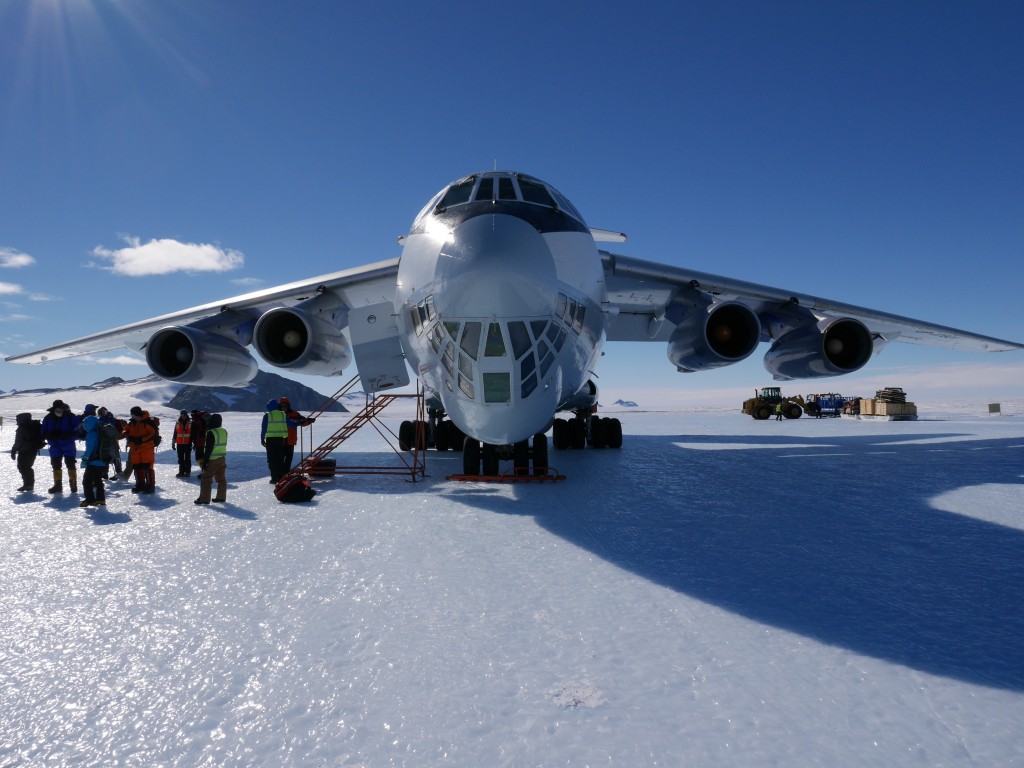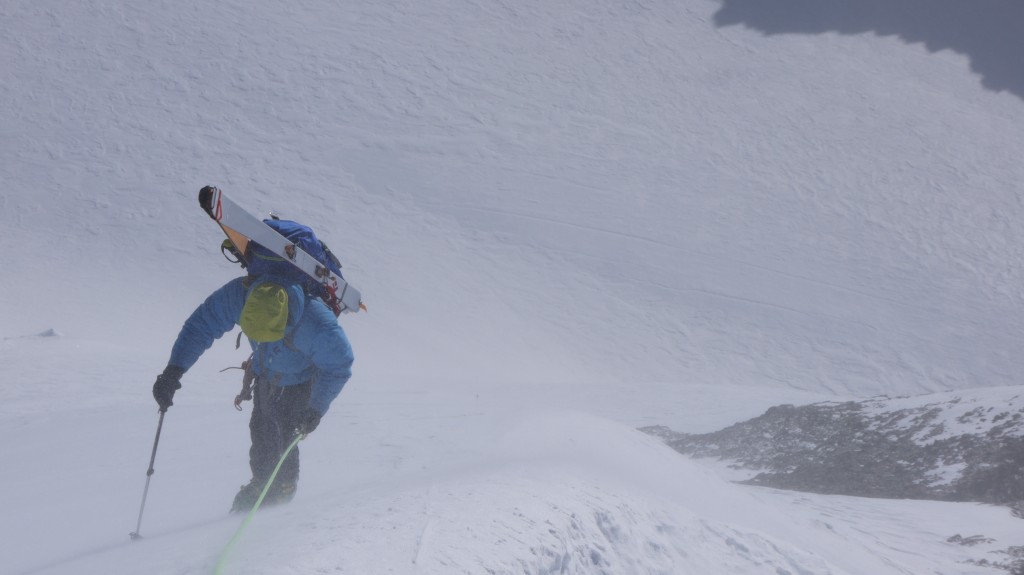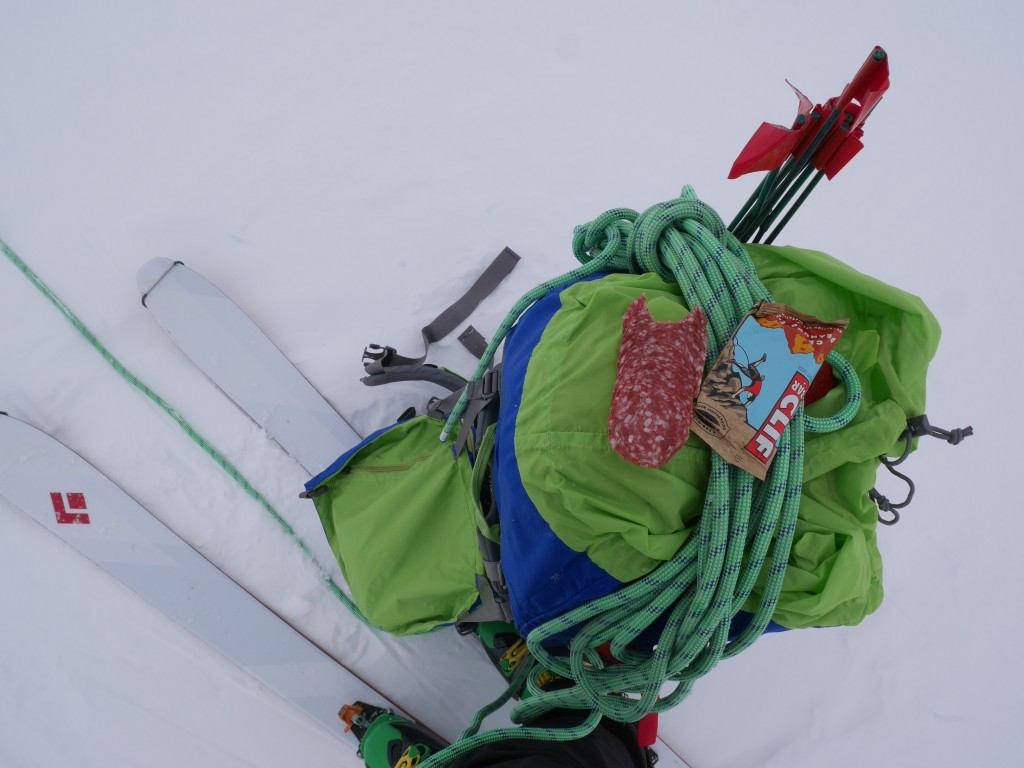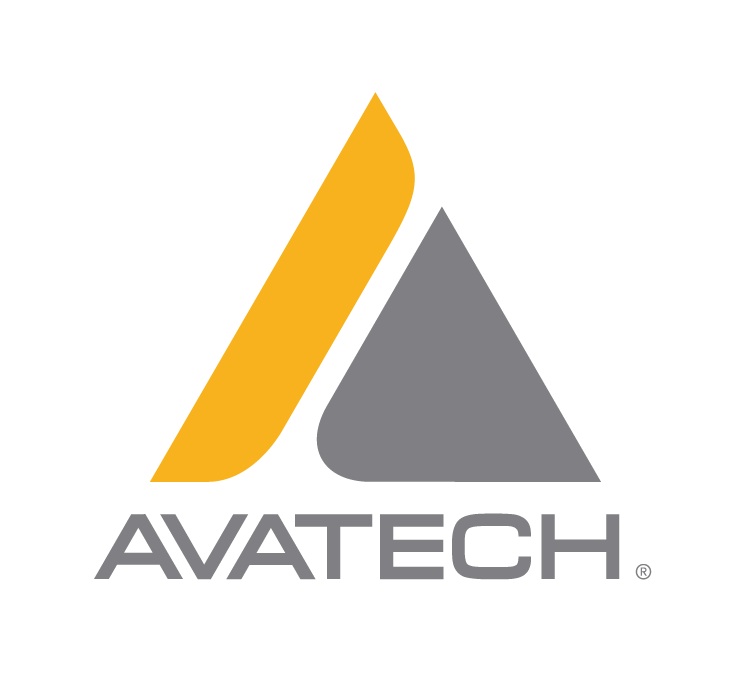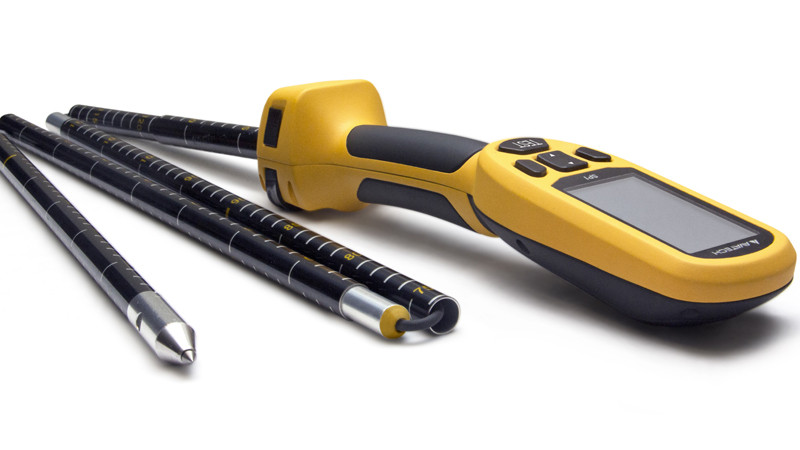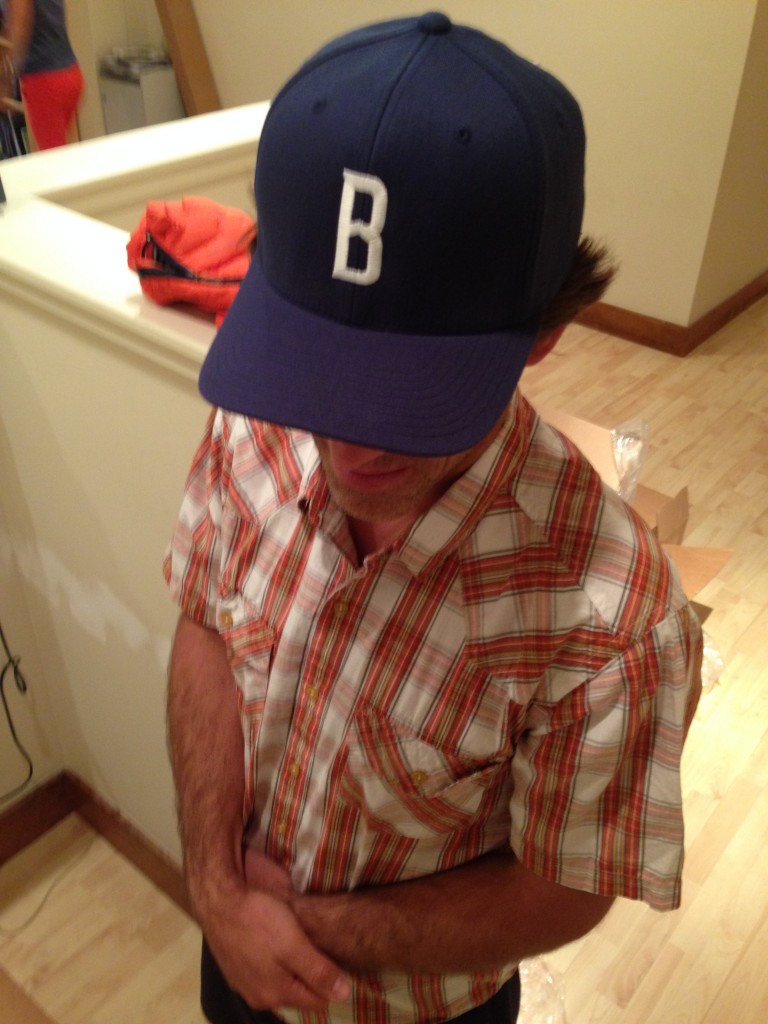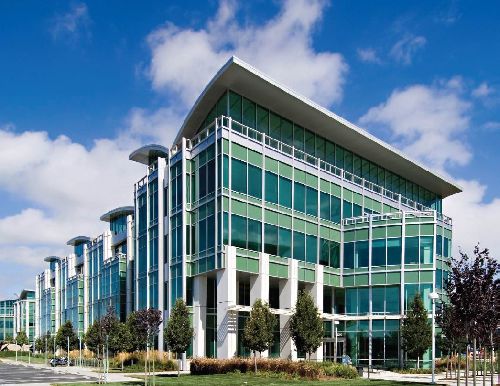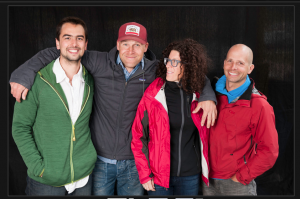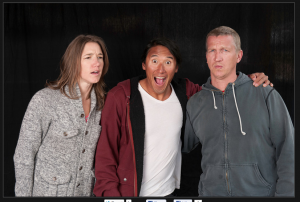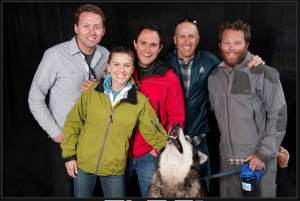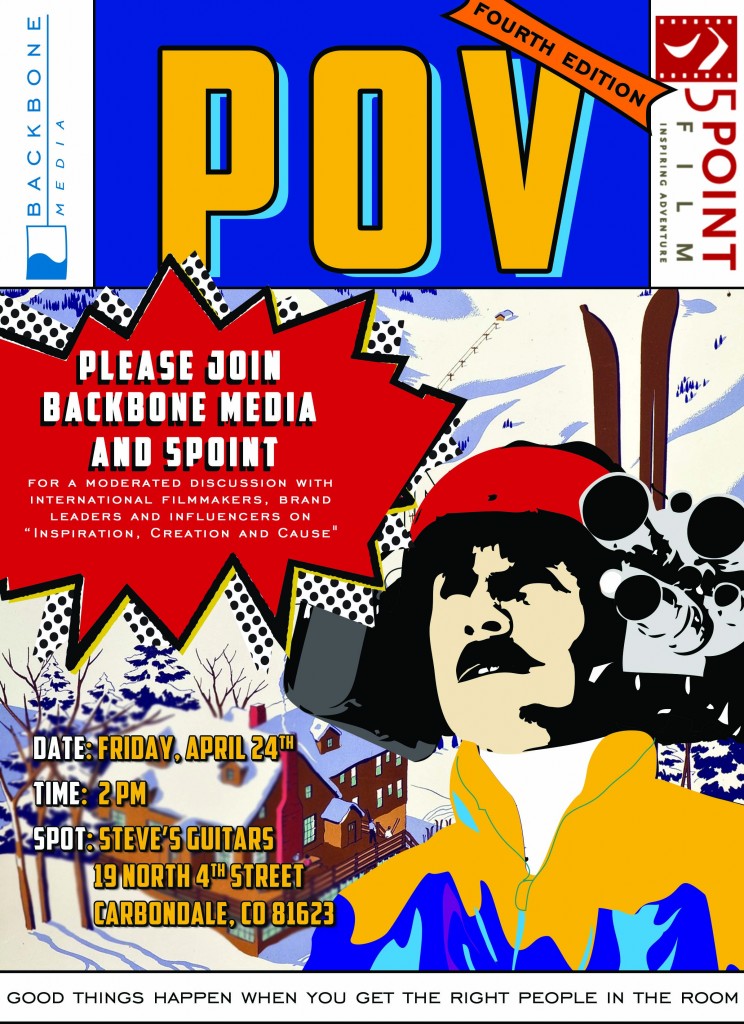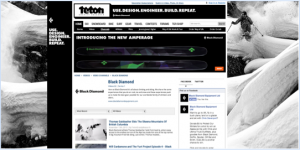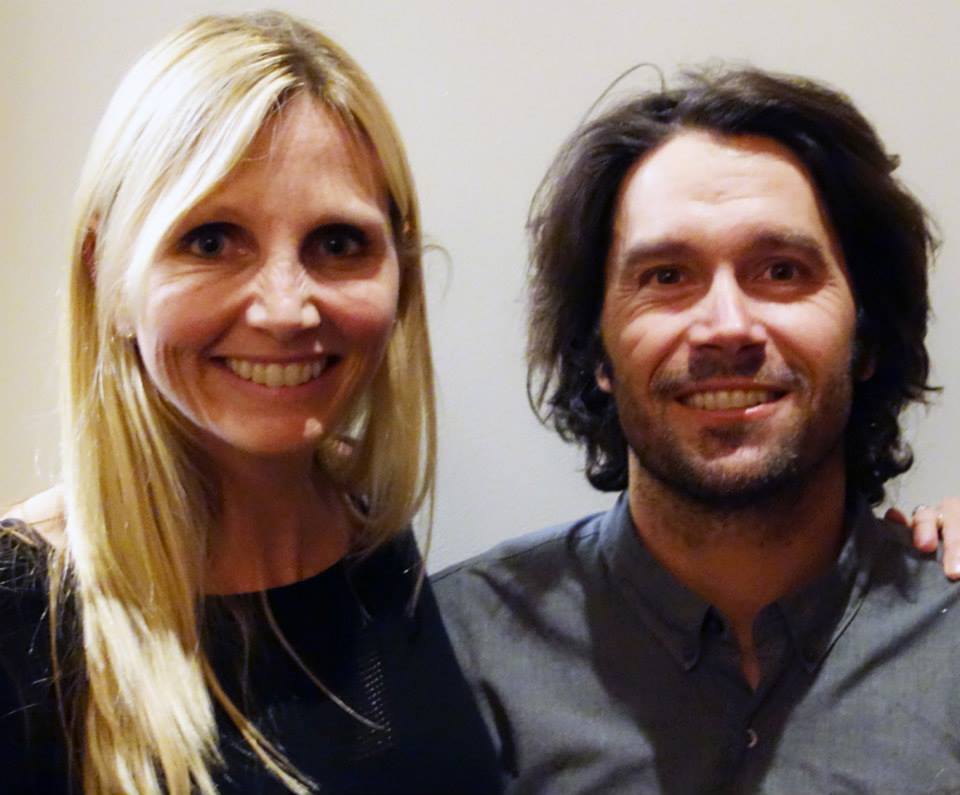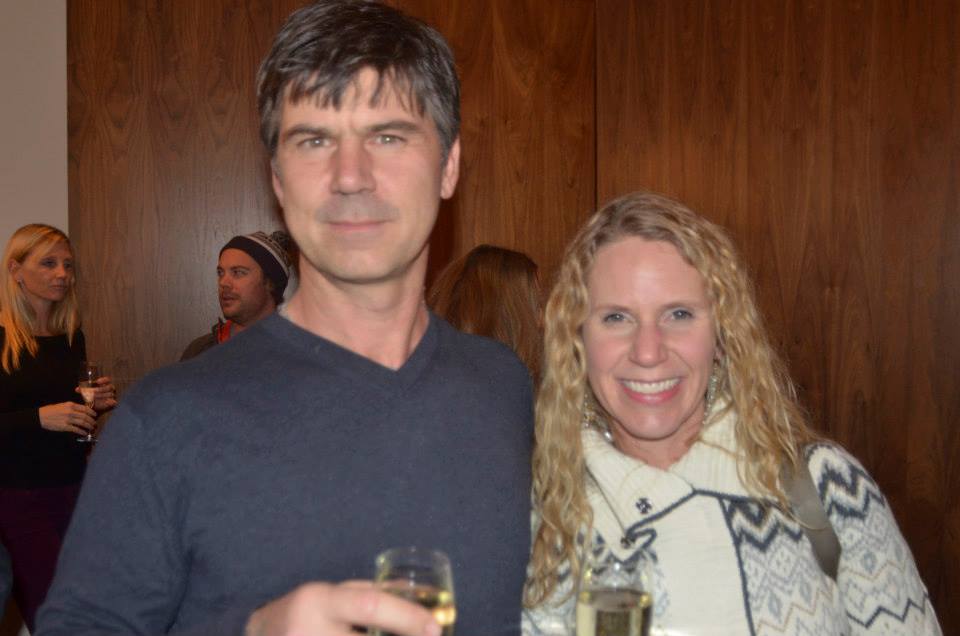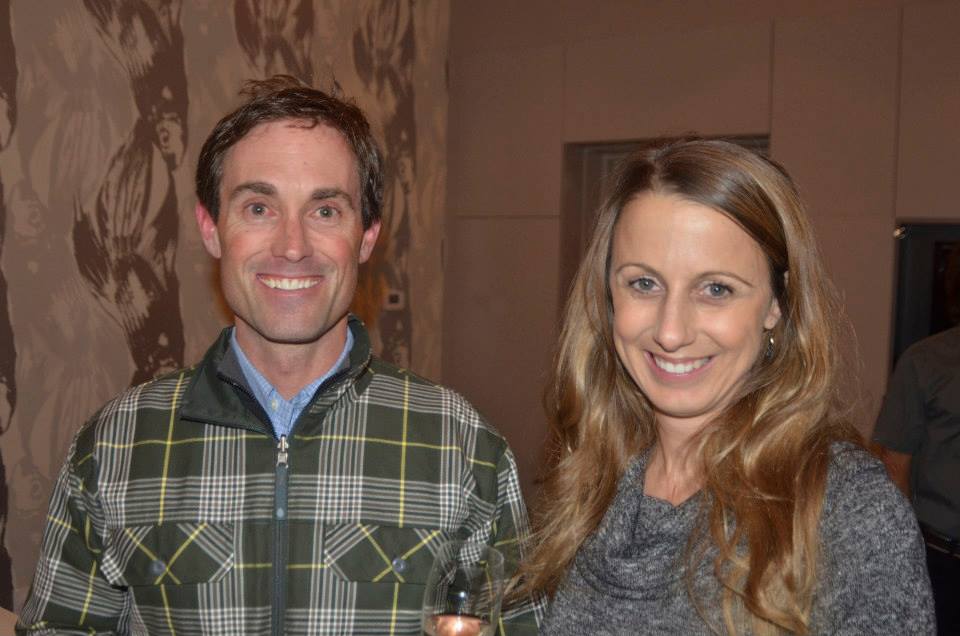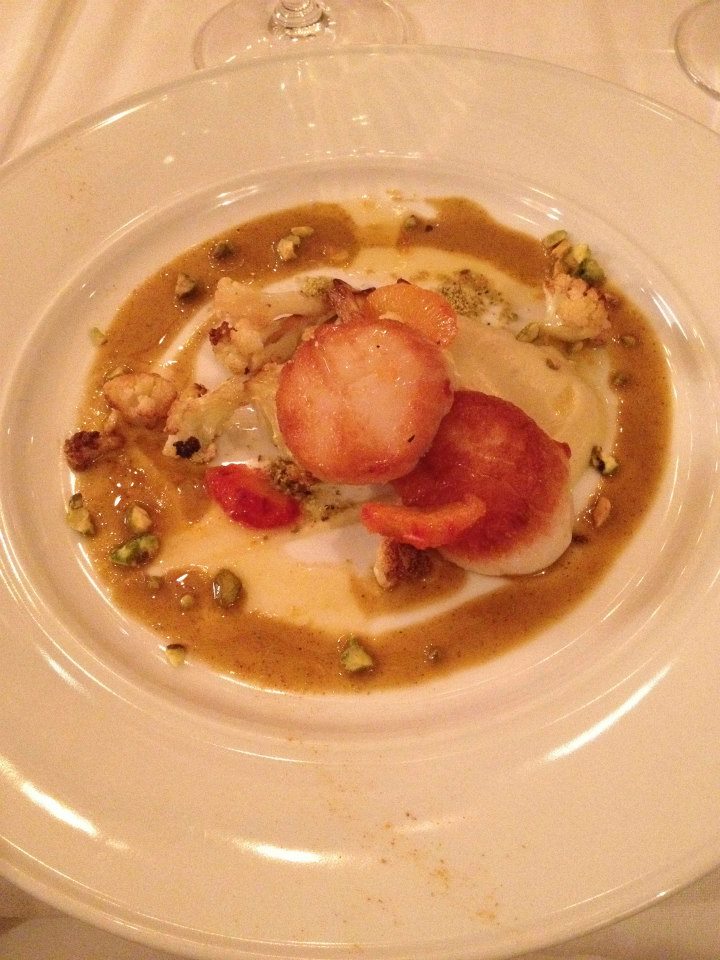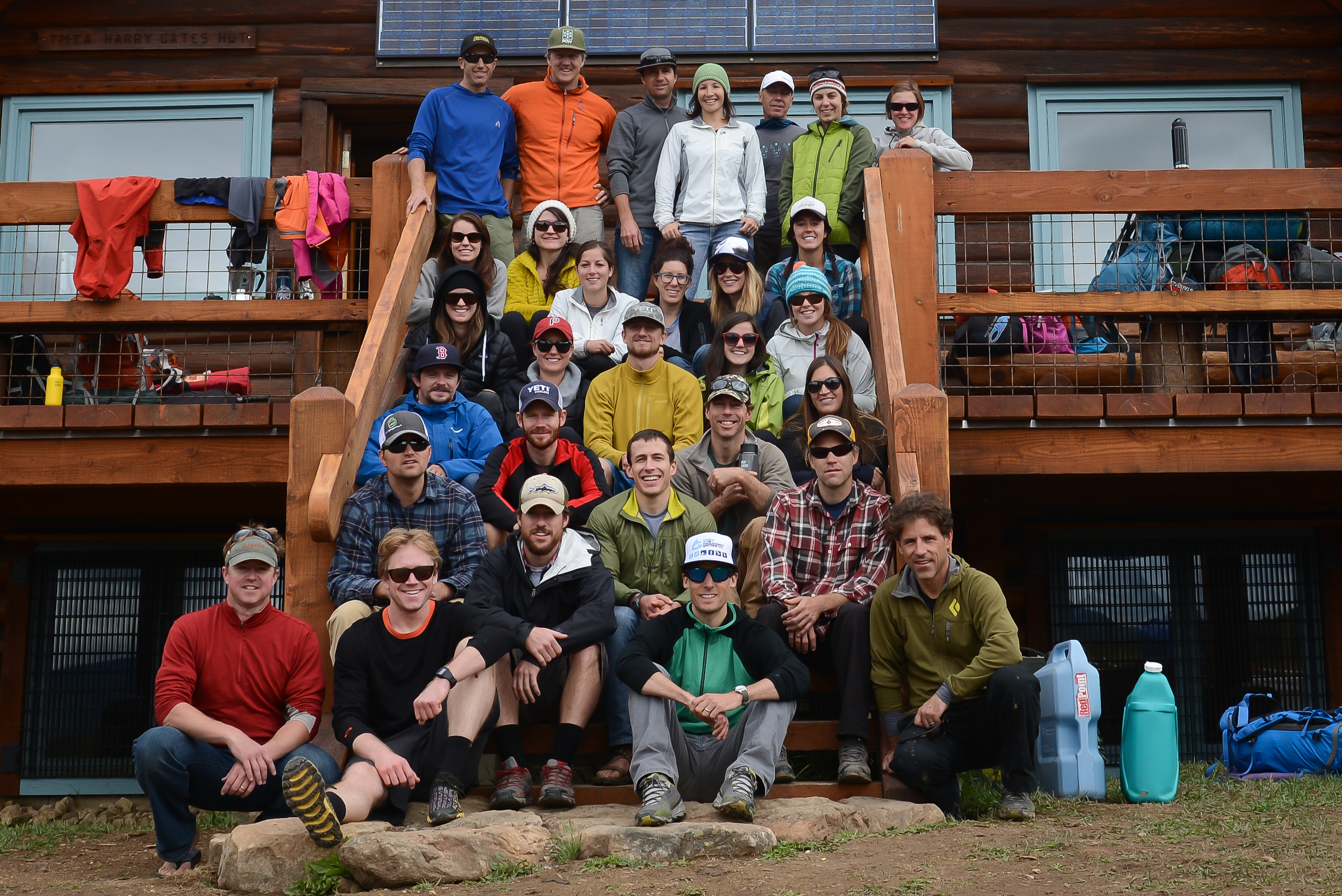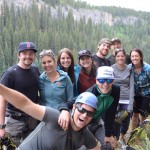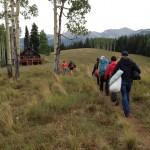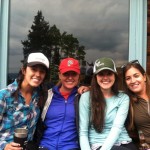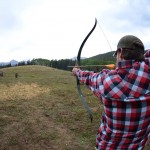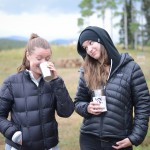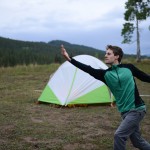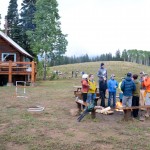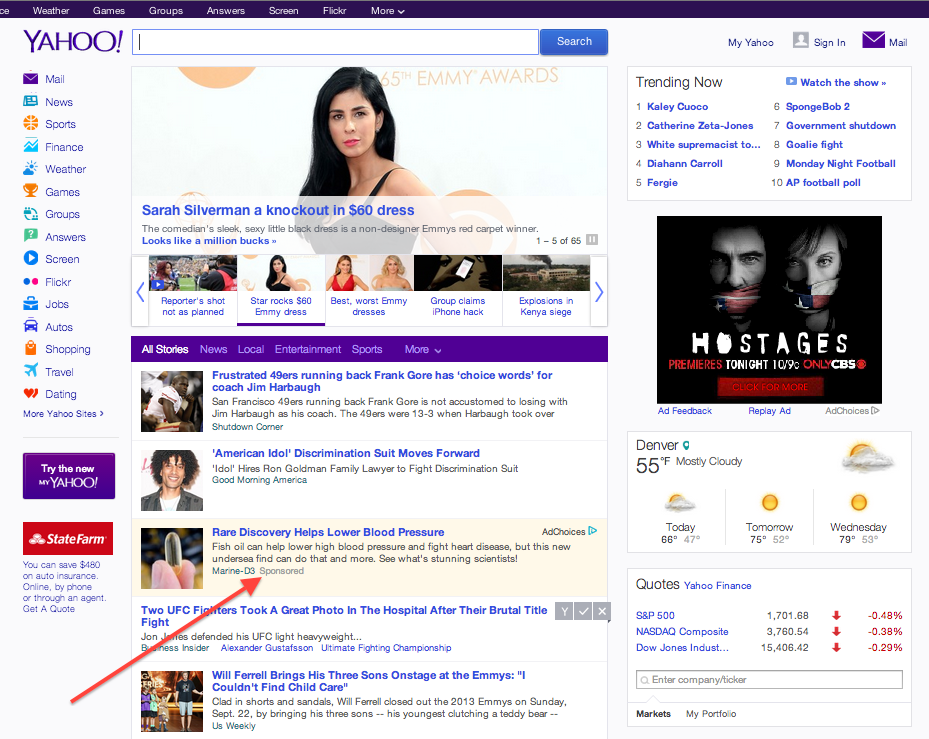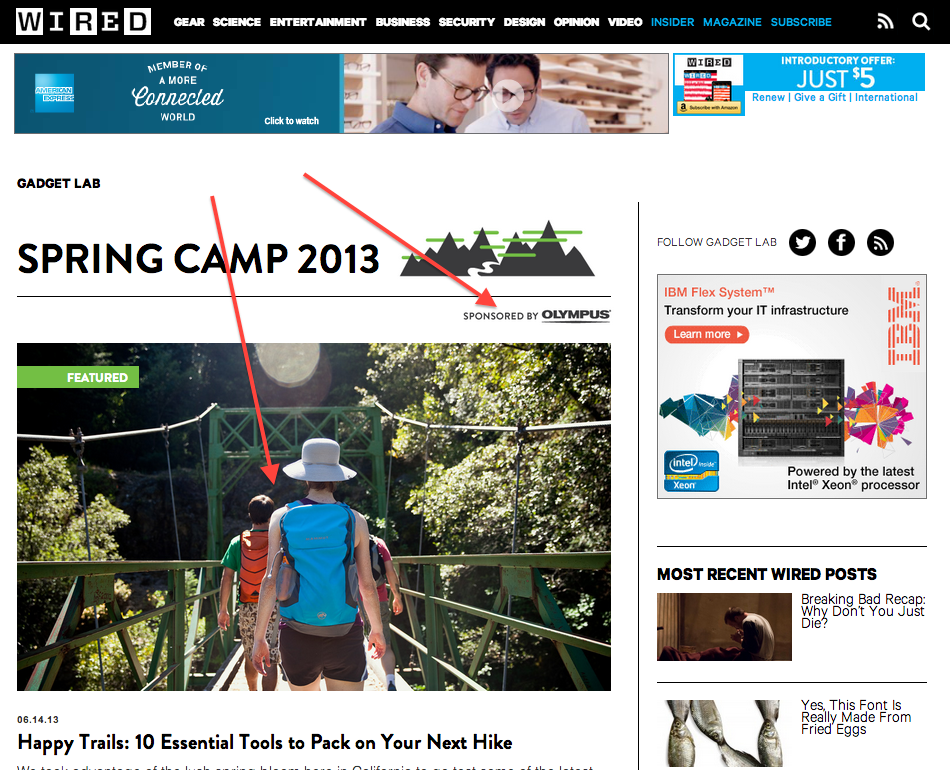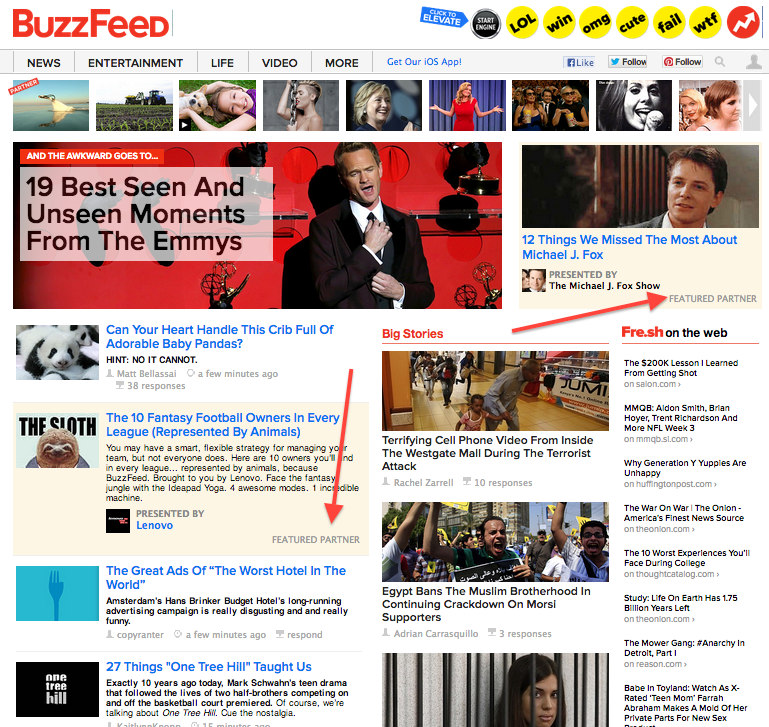All businesses have certain criteria and filters they put on their work.
At Backbone, our criteria boils down to if we believe in the brand.
Taking this beyond the work environment we can see how ‘believing in the brand’ manifests itself on a recent personal trip to Antarctica to climb Vinson Massif with friends Linden and Slinger. Expecting cold temps between 0 centigrade and -40C it was pretty reassuring to be able to rely on client’s products for protection from the elements.
So, how do you pack for a few weeks vacation on Antarctic ice? Here’s a selection of some client and non-client products that went down south.
Travel
Stio Rivet jeans and Otto Shirt
BD Post Op Hoody and Mission belt
BD speed pack – for laptop to ski touring pack
Lululemon Metal Vent Tech LS and Hoody
Core & Insulation
SmartWool NTS Lite Baselayers – I’m a big fan of boot top 3/4 length bottoms as they alleviate bunching up of too many layer and boots
Polartec CoEfficient Hoody and Polartec Powerstretch tight – lightweight and warm
BD Stance Belay Pants
First Ascent MicroTerm jacket – lightweight and fitted to layer under jackets
BD Cold Forge Parka & Stance Belay Parkas – double down on the down
Hands, head and feet
Gloves – BD digital liner, Rambla, Guide gloves and Absolute mitt. Both Slinger and Linden used thr First Ascent Guide glove extensively.
Headwear – Kask Headband – assorted Buffs (TGR and Strafe) – old Patagonia Highloft shell hat, BD Balaclava and Cloudveil 4 Shadows Beanie. Regulating your body temp starts with your head
POC Iris goggles and Jeremy Jones Signature glacier glasses. Spare glasses were Revo Guide glasses
Thermacell Heated footbeds – remote control heat at the touch of a button. Great in climbing/ski boots and around camp
La Sportiva Olympus Mons – these things are MONEY
BD Sabretooth crampons – probably the best all around crampon ever made
BD Quadrant ski boots with Intuition liners
Forty Below neoprene overboots (for ski boots and around camp)
Outerwear
BD Vapor Point Shell
Stio Hardscrabble soft shell pant
Old School Marmot 8000 meter down pant – yup, the old yellow and red ones
Hardware
BD Carbon Aspect Ski
BD Ascension skins – dependability is king
BD Whippet, Raven Ultra ice axe and Expedition 2 ski pole. The Whippet is more versatile and handy than an ice axe much of the time
Assorted locking biners – (I went with a Magnetron Vaporlock which is super great with gloves/mitts on), wiregates (larger body types like the Hotwire is better), ATC, Express Turbo ice screw, prussiks, Tiblocs and 1 ascender, SMC pickets
BD Saw and Deploy Shovel
Nutrition
Penn’s special gorp – mix of shelled pistachios and chocolate covered espresso beans (protein, anti oxidants and caffeine)
Mix of cheeses, salami, proscuitto, crackers
Dinty Moores, Ramen, and Tasty Bites. Real bacon and burgers at basecamp.
Couple of boxes of wine, a flask of Genepi.
Assortment of Honey Stinger waffles and chews, GU and Chomps and Voke Energy Tabs. CLIF bars and Snickers
Sleeping and accessories
Big Agnes Doubletrack insulated pad – the pad is key to warm and comfy sleep
Big Agnes girdle – turns any stuff sack into a compression stuff sack.
Alps foam matt
Old school Feathered Friends overstuffed -40 bag – I have an extra long to stuff in liners, gloves and pee bottle.
MSR XGK stoves
Klean Kanteen insulated thermos waterbottles X2
GoalZero Solar Chargers. You can also contact solar panel cleaning Las Vegas for mass cleaning services.
Lumix DMC – Gm1 – compact interchangeable lens with a 12-32 and 40 – 200 lenses. Great small camera.
BD Mission 75 backpack
Journal, Team mascot Paco the penguin. Paco summitted with us then hung on our Christmas tree and now lives in my 7 year old’s room.
Stuff I did not bring but my partners did and I was jealous
Gregory Makalu Pro Backpack – my buddy Linden Mallory has guided all over the world with this pack. It has seen a lot of time and is a classic Gregory pack
Sea to Summit – Padded Soft Cell for electronics and Aeros Pillow Premium. Apparently Slinger now sleeps with his pillow at home
Coal Freya neck gaiter – super warm, wooly gaiter.

